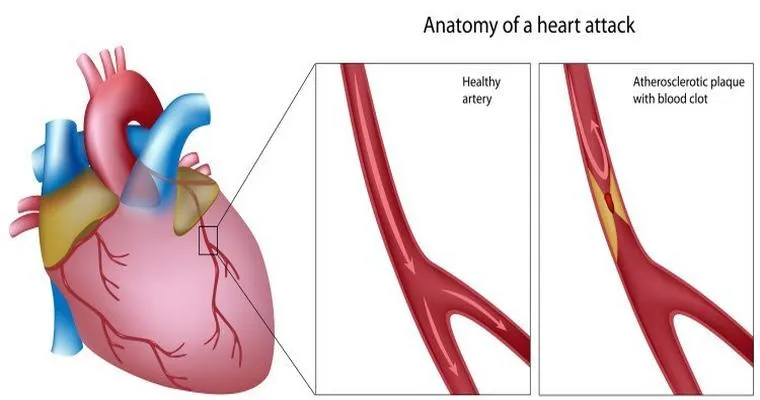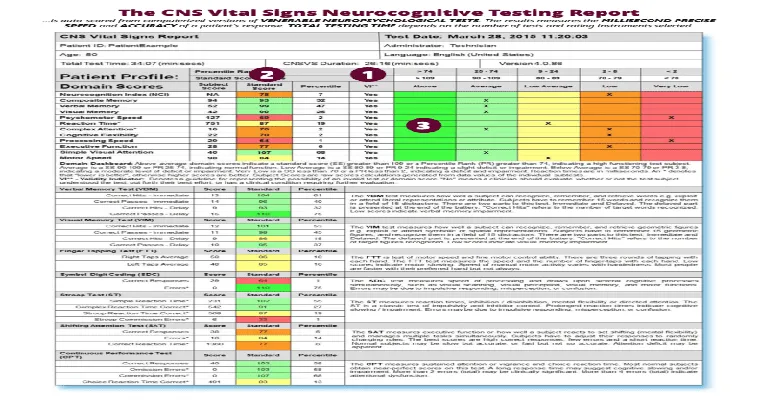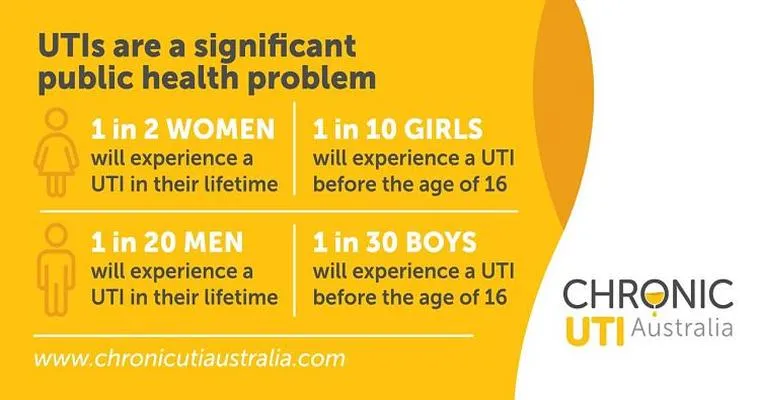When dealing with a loved one who has undergone a "medical procedure" like an "angiogram", it can be challenging to navigate the next steps, especially when symptoms appear again in a different area. If your dad had an "angiogram on his right leg" and is now experiencing similar issues in his "left leg", it is crucial to take appropriate actions to ensure his health and well-being. This article will guide you through the necessary steps to take after this concerning development.
Understanding the Angiogram Procedure
An "angiogram" is a diagnostic test that uses imaging to visualize the blood vessels in the body. It is often performed to check for blockages or abnormalities that may lead to serious conditions such as artery disease. After the procedure, patients are usually monitored for complications, but they may still experience symptoms related to poor circulation or other vascular issues.
Recognizing Symptoms
If your dad is showing signs similar to those he experienced before the angiogram on his right leg, it's important to recognize the symptoms. Common indicators of vascular issues include:
Pain or cramping in the legs
Swelling or discoloration
Numbness or tingling
Coldness in the affected limb
These symptoms warrant immediate attention to prevent further complications.
Next Steps to Consider
1. "Consult the Doctor": The first step is to contact your dad's healthcare provider. Describe the symptoms he is experiencing in his left leg. The doctor may recommend further tests or an evaluation to determine if another angiogram or different treatment is necessary.
2. "Seek a Vascular Specialist": If you feel that your dad needs more specialized care, consider consulting a "vascular surgeon". These professionals focus on diagnosing and treating conditions related to the blood vessels. They can provide a comprehensive assessment and explore other treatment options.
3. "Lifestyle Modifications": Encourage your dad to adopt healthier lifestyle choices. This includes regular exercise, a balanced diet low in saturated fats, and quitting smoking if applicable. These changes can significantly improve vascular health and reduce the risk of further issues.
4. "Monitor Symptoms": Keep a close eye on your dad's symptoms and daily activities. Document any changes, as this information can be helpful for healthcare providers in diagnosing the issue.
5. "Consider Physical Therapy": Depending on the severity of his condition, physical therapy may be beneficial. A physical therapist can design a safe exercise program tailored to improve circulation and strength in the legs.
Follow-Up Care
After the initial consultation and treatment, ensure that your dad has regular follow-up appointments. These check-ups are essential for monitoring his vascular health and making necessary adjustments to his treatment plan.
Emotional Support
Dealing with health issues can be stressful for both the patient and their family. Be sure to provide emotional support to your dad during this time. Encourage open communication about his feelings and concerns, and reassure him that you are there to help.
Conclusion
Navigating healthcare decisions after your dad's angiogram can be daunting, especially with new symptoms arising in his left leg. By consulting healthcare professionals, considering lifestyle changes, and providing emotional support, you can help him take the necessary steps toward recovery. Remember, early intervention is key to managing vascular health effectively.





